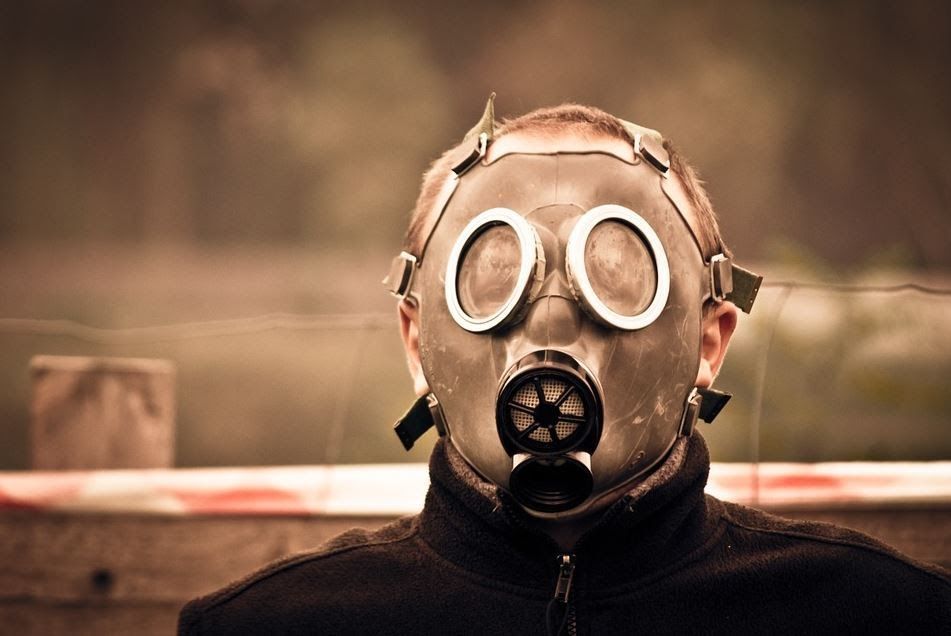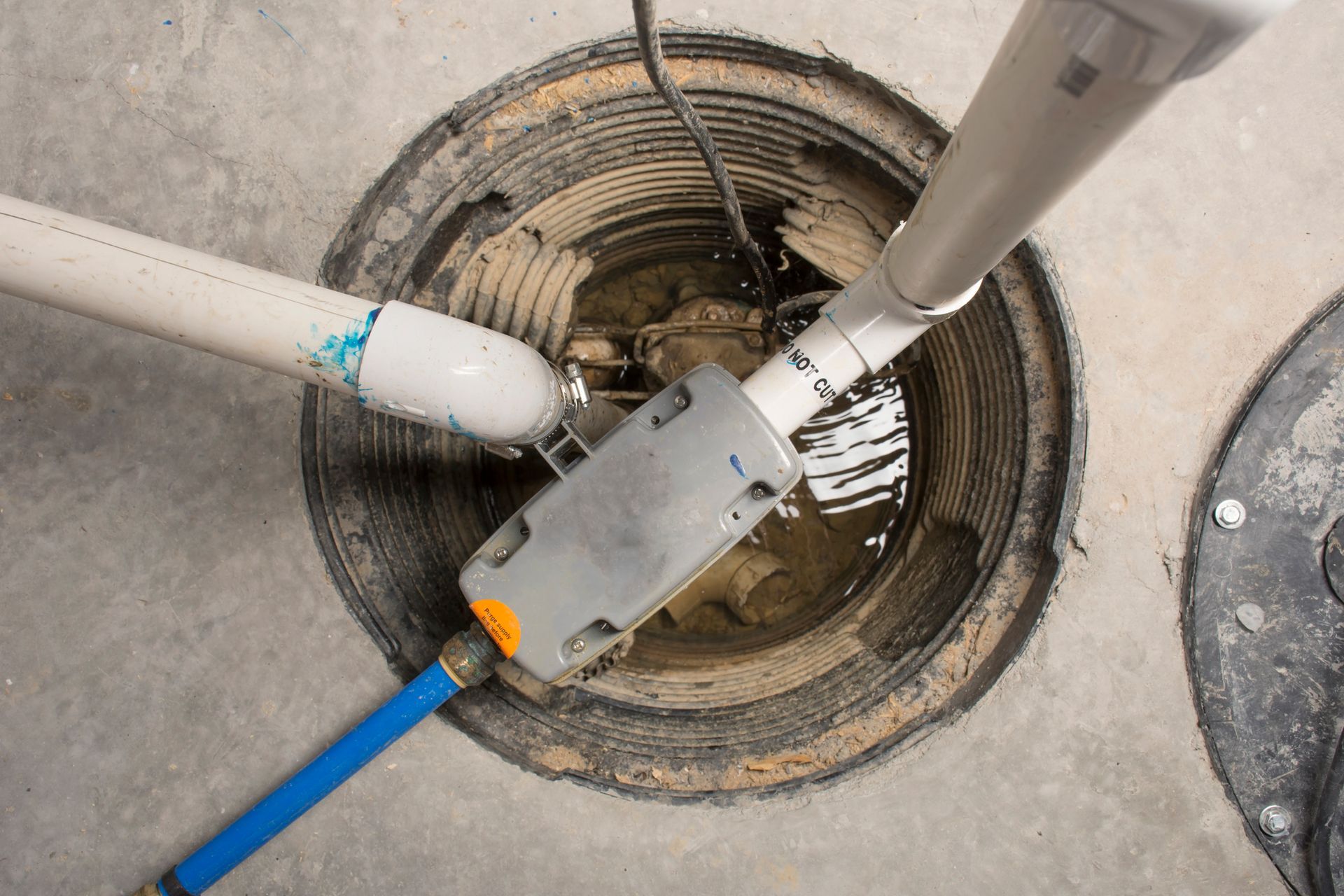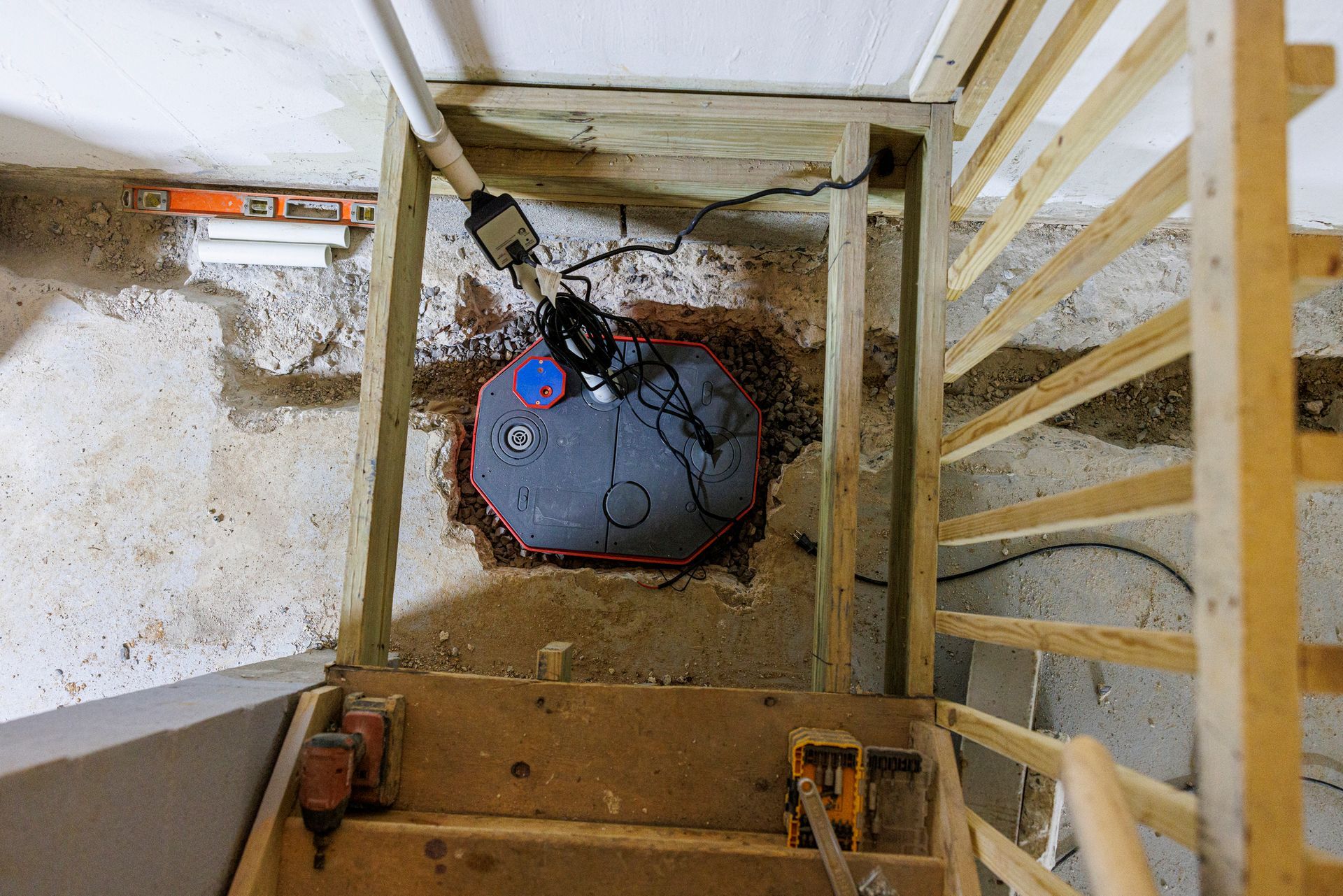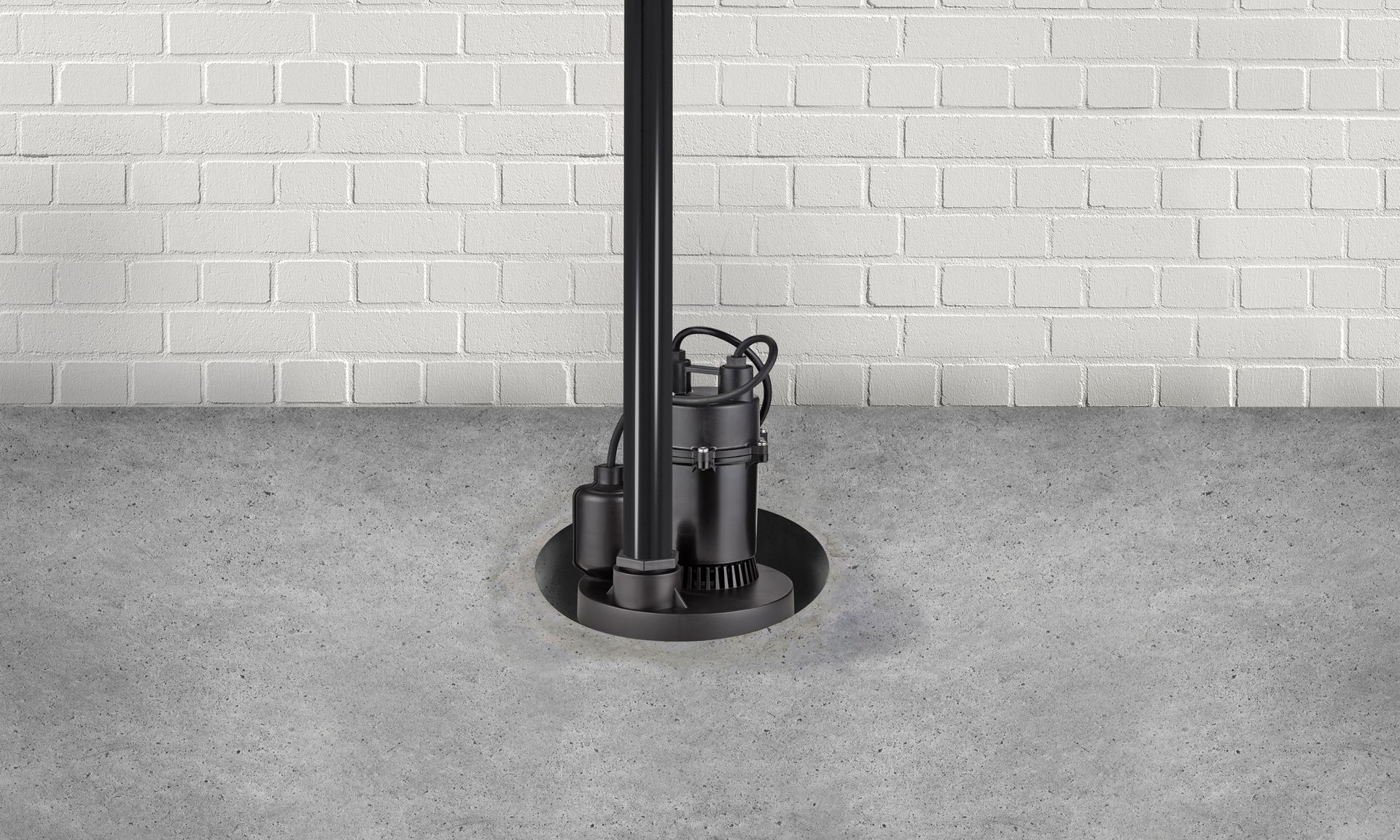The Dangers Of Radon And Radon Mitigation: Protecting Your Home And Family

Radon is a silent, invisible, and potentially deadly threat that could be lurking in your home. This post is a comprehensive guide for homeowners to understand the risks associated with radon and the measures that can be taken to safeguard the health of their families.
Understanding Radon: The Silent Invader
Radon is a colorless, odorless, and tasteless radioactive gas. It occurs naturally as the by-product of the radioactive decay of radium, which is itself a decay product of uranium. While radon in outdoor air poses a relatively low risk, it can accumulate to dangerous levels inside buildings. Radon can enter your home through cracks in walls, basement floors, foundations, and other openings, where it becomes trapped and can build up over time.
The primary source of radon is the soil around and underneath homes. As uranium breaks down, radon gas seeps up from the ground and into the building. Other sources can include well water and certain building materials.
Health Concerns
Exposure to high levels of radon can lead to an increased risk of developing lung cancer. Radon decay products (polonium, lead, and bismuth) can get trapped in your lungs upon inhalation, exposing the lung tissue to alpha radiation. This has been directly linked to cancer, especially in those who smoke or have a history of smoking.
While lung cancer is the most profound health risk, there are other health issues that have been associated with radon exposure. These include respiratory problems and certain respiratory tract disorders.
Testing Your Home for Radon
The only way to know if your home is affected by radon is to test for it. There are several methods available to test for radon, ranging from short-term to long-term testing.
DIY Testing Methods
Many DIY radon test kits are available that involve leaving a detector in your home for a specified period and then sending it to a lab for analysis. They are cost-effective and easy to use, providing results within a week or less.
Professional Testing Services
For comprehensive results, professional radon testing is recommended. Professionals use more sensitive equipment and can provide an accurate reading with a quicker turnaround time.
Radon Mitigation: Protecting Your Home
If high levels of radon are detected, mitigation actions are critical. Radon mitigation is any process or system designed to reduce radon concentrations in the indoor air of a building.
Mitigation Techniques
There are several techniques for mitigating radon, but the strategy is often based on the home's design and the severity of the radon problem. Active soil depressurization (ASD) is the most widely used and effective method, creating a negative pressure field under the home to draw radon away from the living area.
Radon-Resistant Construction
For new homes, radon-resistant construction techniques can be employed during building, which makes the structure less likely to allow radon to enter. These methods can include gas-permeable layers under the foundation, a vent pipe system, and sealing and caulking of all potential entry points.
Radon is a complex issue, but the solutions are clear. If you've never tested your home for radon, consider doing so. If high levels are detected, don't panic. There are steps you can take to reduce the threat, starting with professional mitigation expertise and following through with solid prevention practices. Remember, the best way to manage risk is to understand it and then work to control it. By tackling radon, you're not only creating a safer environment for you and your family, but you're also contributing to a broader awareness that can potentially save lives in your community. Contact us today to safeguard the tomorrows of everyone under your roof.




